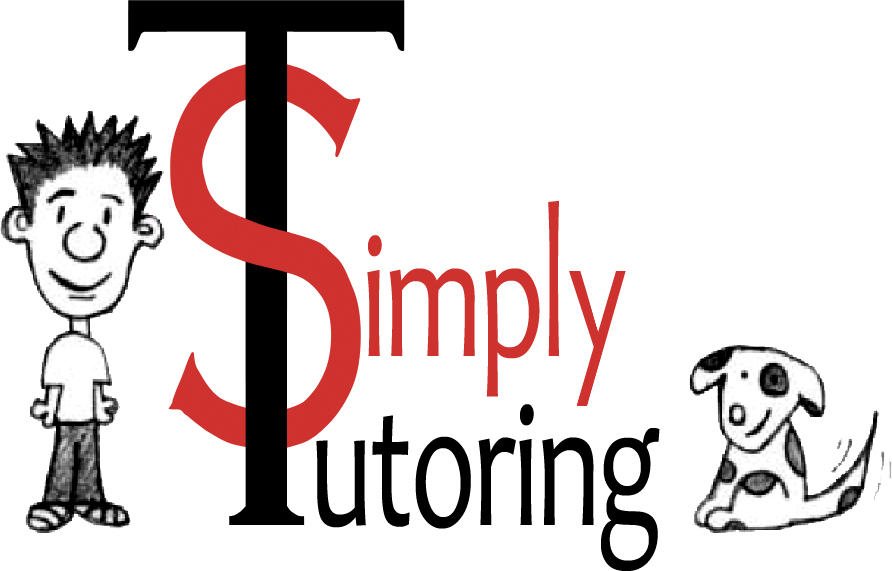Destigmatization of Tutoring
Written by Tyler Clough
Tutor, Graduate of The Woodlands High School, Financial/International Business Major at Georgetown University
Why tutoring is often considered the last resort
Tutoring is often thought of as a “last resort” for students who are struggling in school. By receiving tutoring, many believe that most or all of the struggles their student has in school will go away. This is especially prominent at competitive schools in The Woodlands and surrounding areas: Conroe, Montgomery, Tomball, Magnolia and Spring. However, while a tutor may relieve a student’s academic struggles on some occasions, this is not the way that I believe tutoring should be approached. I’ll take a dive into tutoring from a few different angles, and I’ll let you decide if you think a tutor might be helpful for your student.
Tutoring as an iterative process
According to the Brookings Institution, tutoring can help to reduce educational disparities by helping students who are behind catch up to their peers (Quan, Nickow, and Oreopoulos 2020). Over time and with persistence, students that have access to tutoring will have the opportunity to excel in school based on learning beyond the classroom. This is the iterative process of tutoring, which comes from the idea that tutoring needs to be consistent and continuous. Building skills takes effort and time; it cannot happen overnight. Weekly sessions are needed at a minimum to ensure that a student continues to make progress and does not backslide any gains previously made (Robinson et al. 2021). Moreover, the tutor needs to have a good connection with the student while also keeping a professional distance to maintain accountability for progress (Robinson et al. 2021).
Finding the right tutor match
It is my personal belief that tutor-tutee relationships can grow into a very meaningful relationship that will greatly impact the tutee’s educational experience. That said, just like tutoring is an iterative process, so is finding a tutor. If the first tutor doesn’t fit your student’s needs or personality, try another one. There will be a tutor that has the skills to help your student and the personality to motivate your student to work hard. It might take time to find one, but don’t give up!
Deriving success from tutoring
Success comes in many different forms. Some people believe that it means good grades, others believe it means feeling like you put your best foot forth. However that looks for your student, don’t fret because it’s going to be okay! If you like statistics, the Brookings Institution estimates that there is a 0.37 pooled standard deviation improvement in a student's academic work if they are working with a tutor (Quan, Nickow, and Oreopoulos 2020). That is a significant result that should not be taken lightly. For those who fall in the group of deriving success by putting your best foot forth, I would say that the tutor-tutee relationship is paramount. Finding a tutor that makes your student feel like they are doing their absolute best (when they really are) is key. Thus, I would say there are two approaches you can take to derive success from tutoring. Understanding what your student needs is the key.
Format of tutoring
As COVID-19 rattled the world, many tutoring companies moved to a hybrid and/or virtual tutoring model. While the COVID-19 recovery has led us to gravitate back towards in-person tutoring, I would like to make the case that the format should not matter. As previously mentioned, tutoring is about what your student needs, not about what you think they need. If your student fears in-person interactions with strangers, possibly “hiding” behind a screen during the tutoring session will be easier for them. Conversely, if your student needs that in-person interaction to focus, finding an in-person tutor can be beneficial. No method is necessarily better than the other as each has benefits the other cannot provide. Online, tutors and tutees can simultaneously draw on shared whiteboards and work through problems together, but this comes at the expense of body language cues. In-person, tutors and tutees see body language cues easily but might not be able to work on problems on the same worksheet together. There are pros and cons to each method, so finding what works best for your student is essential.
Everyone is continuously learning
Just like your student will learn from a tutor, a tutor is learning about the world from a tutee’s perspective. Similarly, you should continue learning about how your student learns best and what you can provide for them. Tutoring provides skills, but the tutor-tutee relationships require using singular tiles to build out a full mosaic. Keeping this concept fresh will help everyone realize the full power and potential of tutoring.
Tutoring in The Woodlands, Texas
For more information about how tutoring can help your student, call 281-362-7878 or complete our form and we'll reach out to discuss the best next steps.
Sources:
Quan, Andre Nickow, Phillip Oreopoulos, and Vincent. 2020. “Tutoring: A Time-Tested Solution to an Unprecedented Pandemic.” Brookings (blog). October 6, 2020. https://www.brookings.edu/blog/brown-center-chalkboard/2020/10/06/tutoring-a-time-tested-solution-to-an-unprecedented-pandemic/.
Robinson, Carly D, Matthew A Kraft, Susanna Loeb, and Beth E Schueler. 2021. “Accelerating Student Learning With High-Dosage Tutoring.” EdResearch for Recovery, Design Principles Series. https://annenberg.brown.edu/sites/default/files/EdResearch_for_Recovery_Design_Principles_1.pdf.

